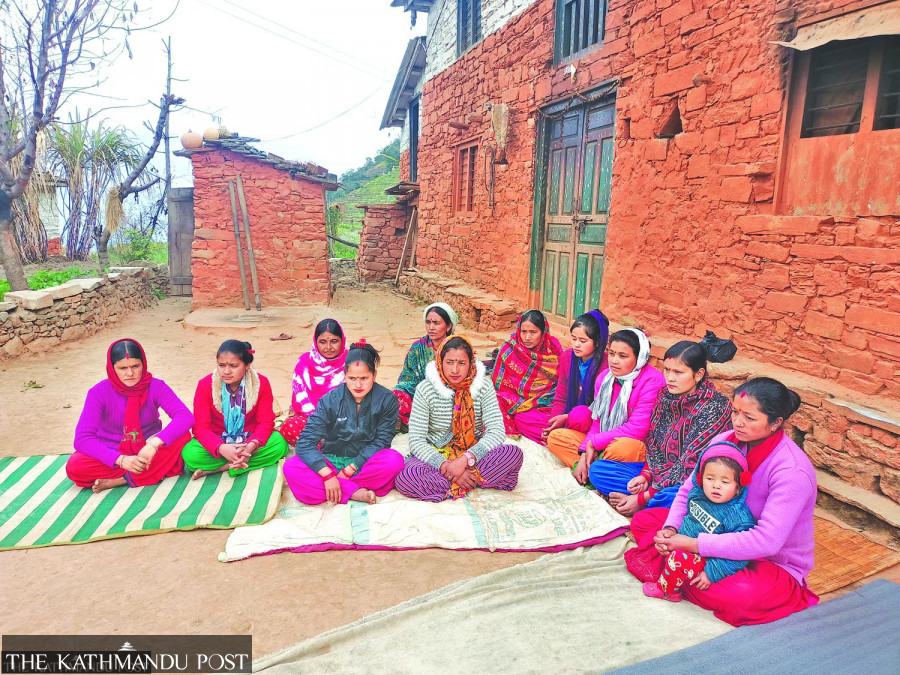Editorial
Rural women’s woes
One-off health camps are unlikely to bring lasting solutions to systemic neglect of women’s wellbeing.
The health of Nepali women in remote parts of the country continues to be precarious. As the Post reported on February 19, countless women of Achham district in Sudurpaschim Province are suffering from uterine prolapse and yet they don’t have any place to go for treatment. (Uterine prolapse is a medical condition wherein the pelvic floor muscles and ligaments stretch and weaken to a point that they fail to provide enough support to the uterus.) Young as well as elderly women in the remote district are compelled to live for years with the unbearable pain (and complications) associated with the debilitating disorder. For instance, many women of Dhakari Rural Municipality the Post talked to gave harrowing details of their health conditions as even health camps where they get general checkups and primary care have gotten rare.
When, four years ago, a health camp was organised at Mangalsen, the district capital, women suffering from uterine prolapse had heaved a sigh of relief. They could finally get the much-needed surgery. But they could not then abide by the doctors’ suggestions for regular check-ups as such services were unavailable at the district hospital, let alone in their village health post. There has also been no health camp in the district in the past four years—and there is apparently no immediate plan to organise one either.
According to the district hospital, women below 30 years of age are increasingly suffering from uterine prolapse, and all the attendant complications. These women of Achham are only the tip of the iceberg of all the other Nepali women from other remote parts who are suffering from similar reproductive health problems. Besides lack of health facilities, other societal factors are also responsible for the deterioration of women’s health. Many women try to hide such problems, unsure of how to bring up such a “delicate matter” with their husbands or even friends. They are afraid of being mocked and ridiculed by the patriarchal society they live in.
Women’s reproductive health is something that is routinely overlooked. For instance, many rural women are forced to give multiple births when they cannot produce sons. Concomitantly, the family may put pressure on them to abort a female foetus. These societal factors compound women’s health problems. So while formulating policies and taking initiatives to address women’s health problems, authorities must take a multi-pronged approach, involving a mass door-to-door awareness campaign as well as availability of at least basic healthcare for women at local health facilities.
Strengthening each of the 753 local units with basic equipment, doctors and other health workers has become most essential—in line with the spirit of the new federal system and the constitution that lists basic healthcare as a fundamental right of Nepali citizens. Article 35 (1) states that every citizen shall have the right to free basic health services from the State, and no one shall be deprived of emergency health services. Organising one-off health camps is unlikely to result in durable solutions to what is a systemic problem of neglect of women’s health and wellbeing as well as a lopsided healthcare system that prioritises




 6.12°C Kathmandu
6.12°C Kathmandu












%20(1).jpg&w=300&height=200)

